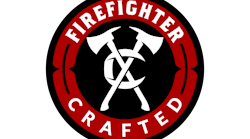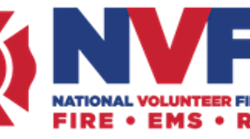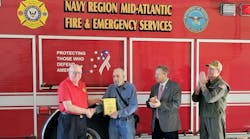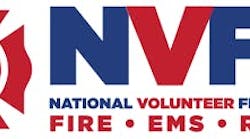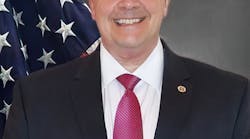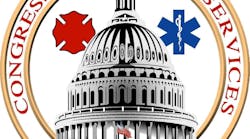A frequent contributor to Firehouse® Magazine of photos and articles about some of Houston’s biggest and most challenging fires for the past 20 years, Tom McDonald actually has been capturing images from blazes in Texas’ largest city for twice that long, marking that anniversary in March of this year.
“My mom drove me to my first fire in 1974 where I photographed it with an Olympus 35-RC twin-lens reflex film camera,” recalled McDonald. “I was only 13 and had just received that camera as a gift. We lived close to the fire. So, I woke up to sirens and turned on my Radio Shack Patrolman 6 multi-band dial radio about sunrise one morning. It was a smoky nightclub fire that went to four alarms, and I was hooked by all of the action.”
He parlayed that initial interest in fire scene photography into a 27-year career with the same fire department that was his most frequent photo subject.
“I joined HFD seven years later in 1981 and retired in 2008,” McDonald said. “I was smitten with the fire service from that first fire I watched. It’s not a job for most people, but it was perfect for me – I loved the action and the hours. The idea of getting paid to sleep at night is intriguing to any teenager. With that said, though, most firefighters worth their salt love the adrenaline rush when the bell hits. We love the action; otherwise we’d have been librarians.”
Along the way, he worked in EMS as a paramedic, at the HFD communication office and even at the city’s fire museum, where he served as the museum’s last HFD-appointed director. Today, he is that non-profit museum’s board president and has served as editor of three books sponsored by the museum about HFD, which include many of his photos.
Today, McDonald captures fire images with a Nikon D-300 digital camera.
“I’ll shoot 150 to 200 shots at a big fire today, many of them rapid fire when there is major action involved, and end up deleting about 75 percent, whereas back in the ’70s I’d only use a single film roll of 24 photos at most fires,” he said. “It was expensive back then to get them processed and printed. Today, you just hit the ‘Delete’ key. Digital, unquestionably, has been the best improvement in photography over those 40 years.”
He added, “I’ve had a lot of firefighters ask me why I show up off duty at 3 in the morning for some two-alarm apartment fire across town. It’s just what I’ve liked to do; I thoroughly enjoy recording firefighting history.”

